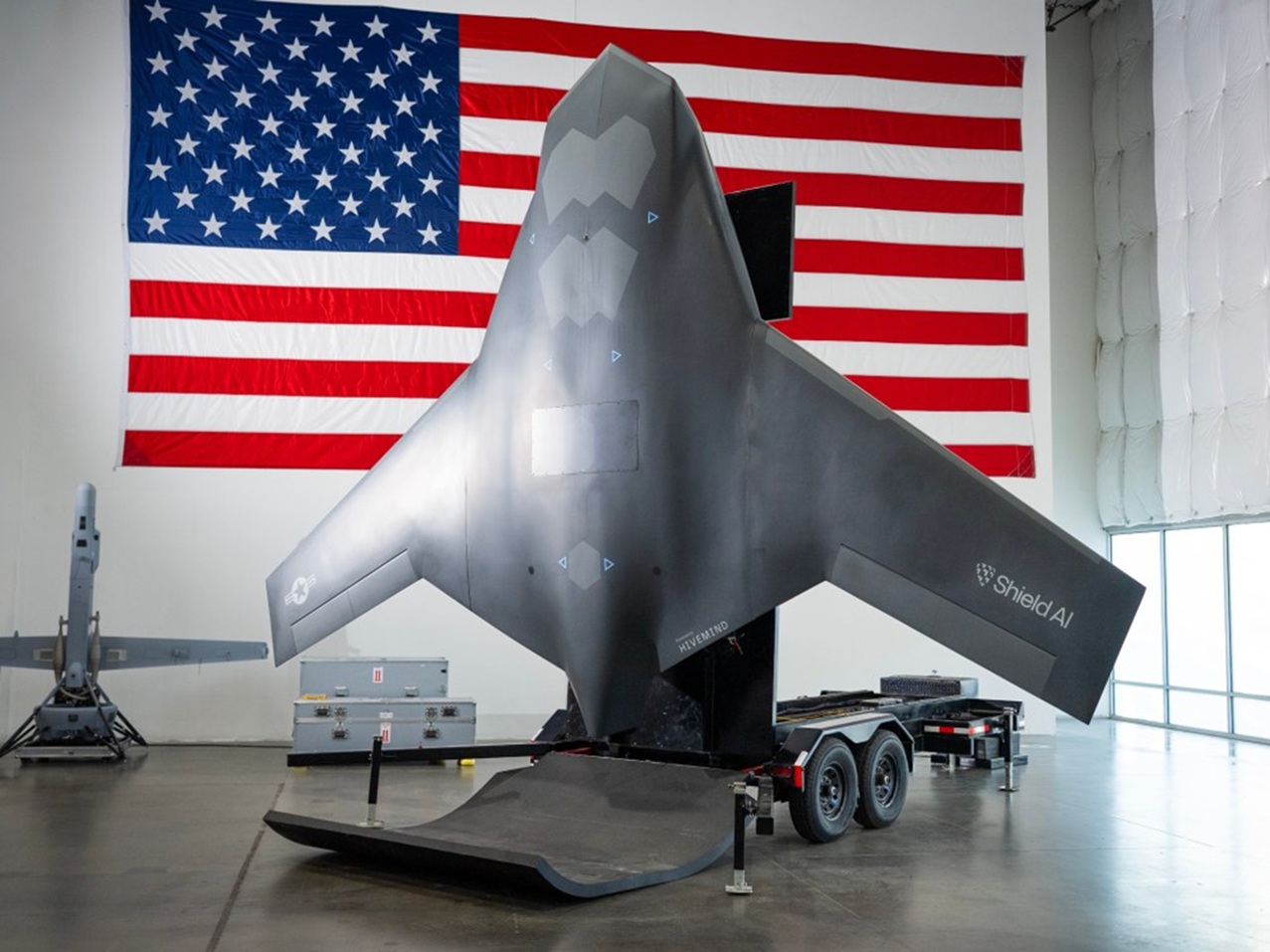Key Takeaways
- Shield AI has launched the X-Bat, a revolutionary VTOL autonomous fighter jet.
- The jet is designed for combat and supports the future of distributed airpower.
- Shield AI is now valued at $5.3 billion following this innovation.
Innovative Unveiling of the X-Bat
Shield AI, a prominent player in the defense technology sector, has recently announced its latest innovation: the X-Bat, the world’s first vertical takeoff and landing (VTOL) autonomous fighter jet. Set to be unveiled on Wednesday, the X-Bat is positioned as a pivotal element in the evolving sphere of distributed airpower.
This cutting-edge fighter jet is designed to operate autonomously in combat situations, marking a significant advancement in military technology. The X-Bat’s unique VTOL capabilities enable it to take off and land in confined spaces, providing flexible deployment options in various operational environments. Such functionality is expected to enhance mission effectiveness and operational efficiency.
The development of the X-Bat reflects a broader trend within the defense industry towards increased automation and enhanced capabilities in aerial combat. By integrating advanced technology, Shield AI aims to redefine current military strategies and operational tactics. The company’s innovations suggest a shift towards leveraging autonomous systems to complement traditional air force capabilities, making air combat more efficient and adaptable.
Shield AI’s announcement follows its recent valuation of $5.3 billion, underscoring the growing interest and investment in drone and autonomous vehicle technology within defense sectors. This new valuation not only highlights the fiscal health of the company but also its position as a leader in the development of advanced military technologies.
Overall, the introduction of the X-Bat marks an important milestone in the integration of artificial intelligence and autonomous systems into military hardware, potentially influencing future warfare dynamics. The responsibility and implications of deploying such advanced technology in a combat setting will require careful consideration as it moves towards operational readiness.
The content above is a summary. For more details, see the source article.















